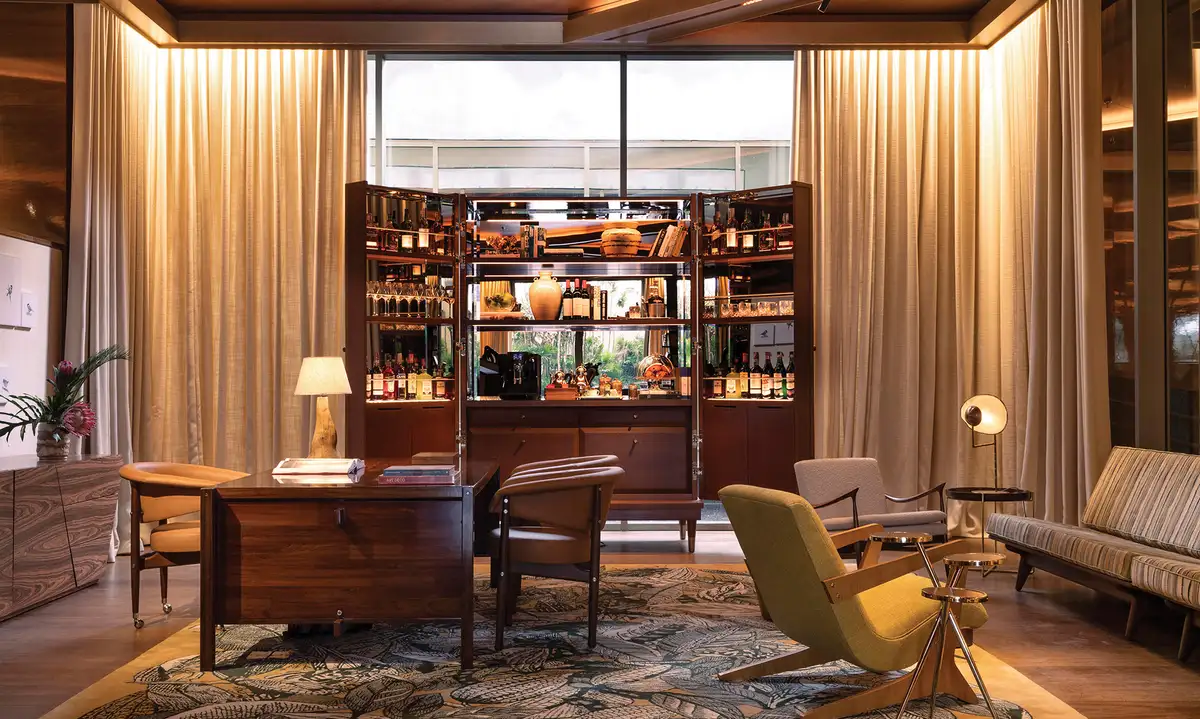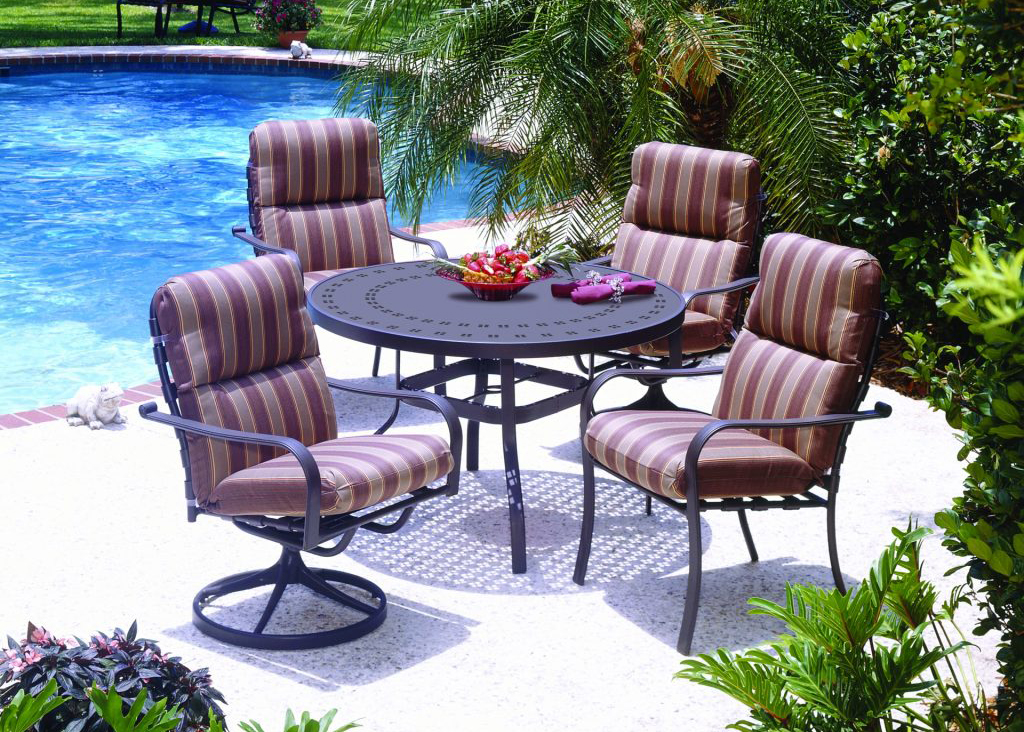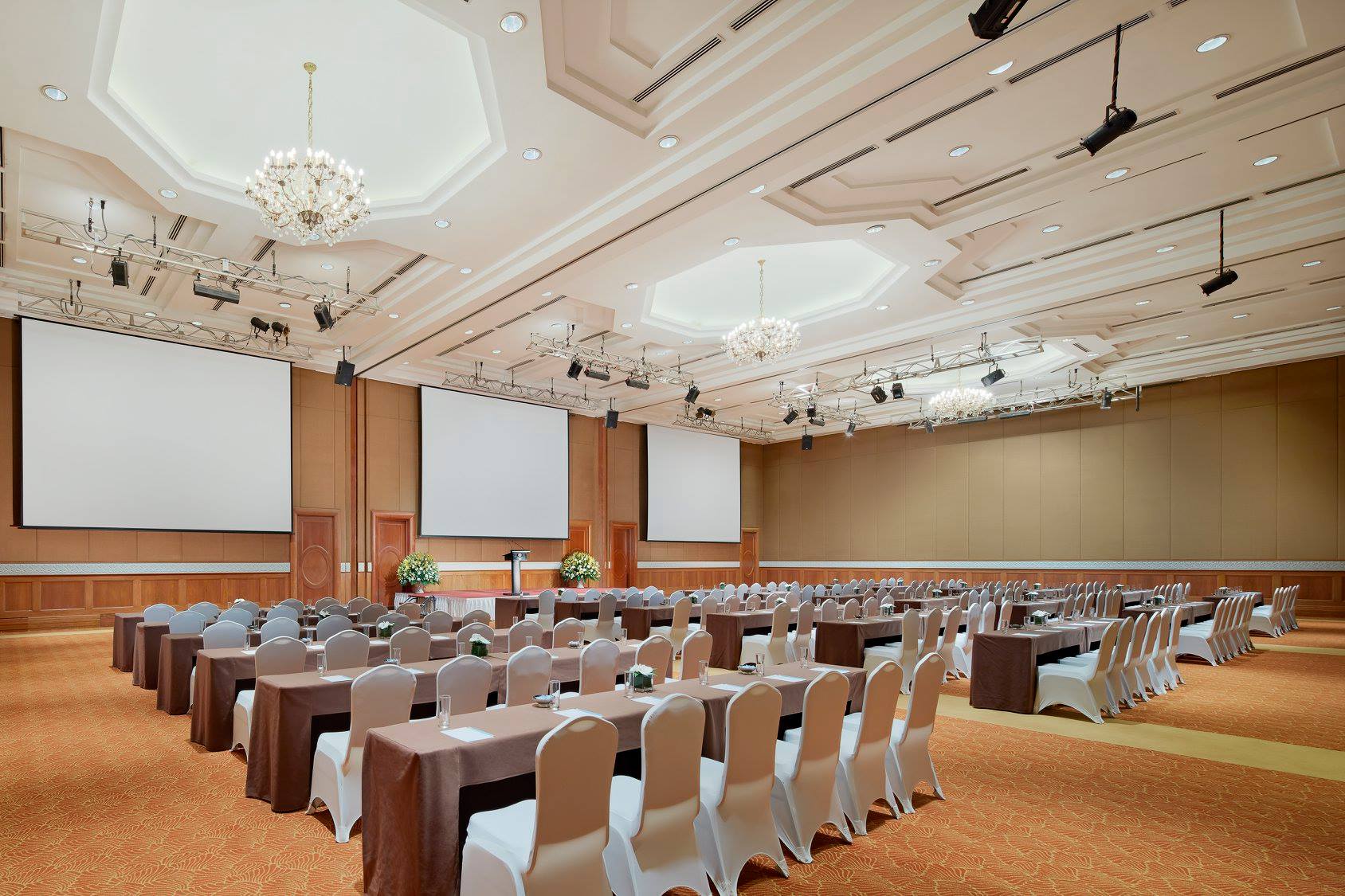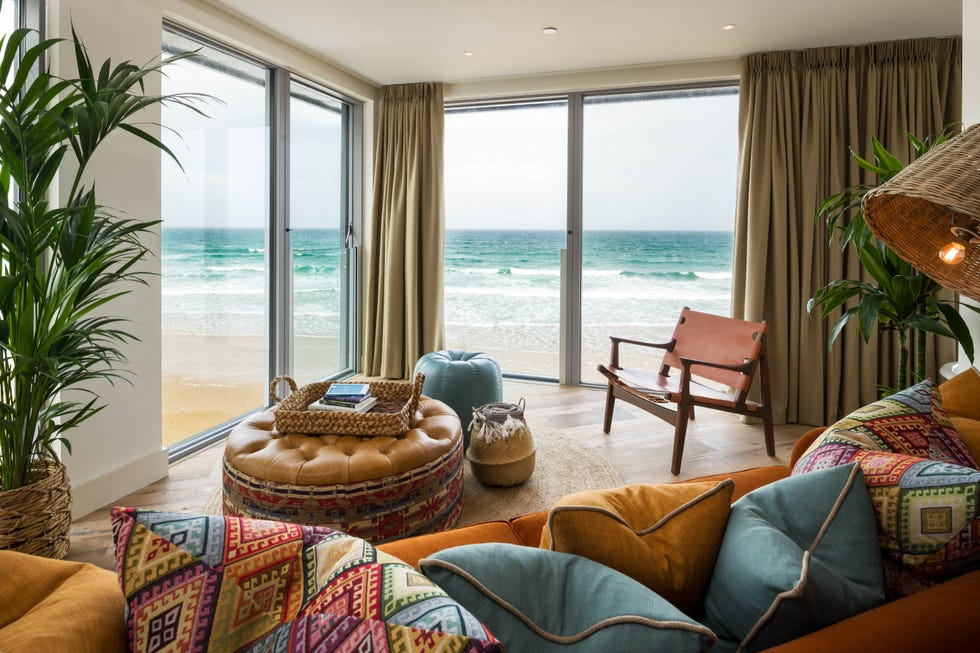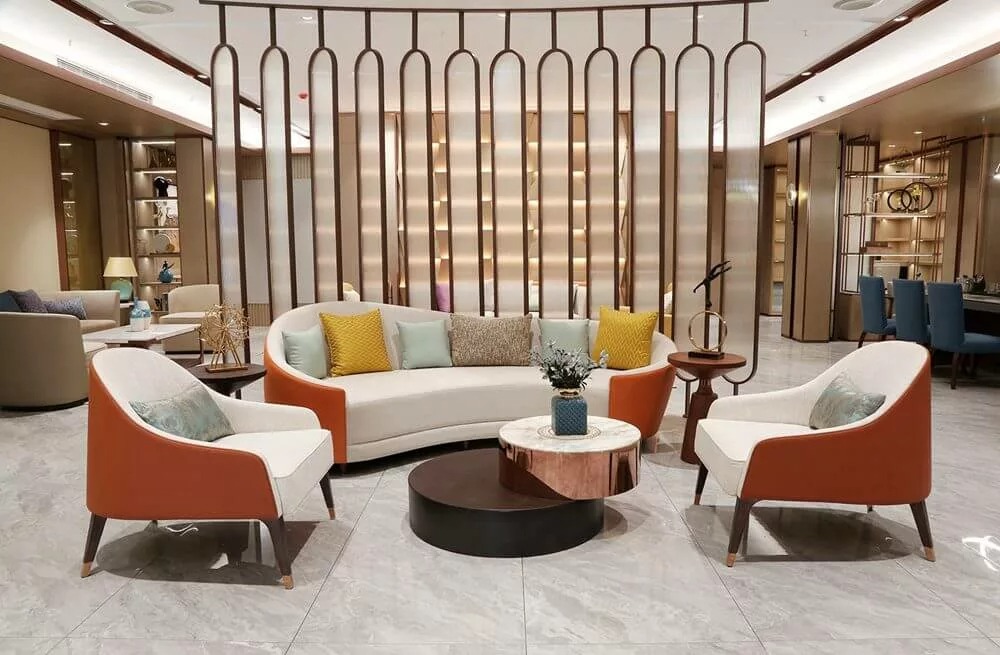Sustainable Design Solutions for Coastal Hotels and Resorts
Thứ 2, 10/11/2025
Administrator
18
Designing for coastal environments requires more than aesthetic sensitivity. Hotels and resorts near the sea face challenges of corrosion, humidity, and environmental preservation. True sustainability blends durability, energy consciousness, and cultural connection. In this article, Ngoc Hoang Anh explores how sustainable design principles elevate coastal hospitality, ensuring comfort and longevity for both guests and nature.
1. Understanding Coastal Design Challenges
Coastal environments bring beauty and complexity in equal measure. For hotels and resorts, these conditions demand a balance between endurance and elegance. Salt-laden winds, moisture, and sunlight accelerate wear, requiring materials and structures that preserve both function and appearance. Sustainable coastal design begins with understanding these challenges and transforming them into creative opportunities.
1.1 Climate and Material Exposure
Constant exposure to salt, humidity, and UV rays shortens the lifespan of untreated materials. Selecting corrosion-resistant metals, weatherproof coatings, and marine-grade finishes ensures stability without compromising visual refinement.
1.2 Managing Corrosion and Moisture
Humidity and condensation threaten both furniture and structure. Thoughtful ventilation, water-resistant joints, and elevated foundations prevent damage while maintaining visual harmony with the landscape.
1.3 Aesthetic Harmony with Harsh Conditions
Designing for the coast means embracing nature’s raw elements. Using textures, colors, and materials inspired by the surrounding scenery helps the building feel grounded, blending endurance with serenity.
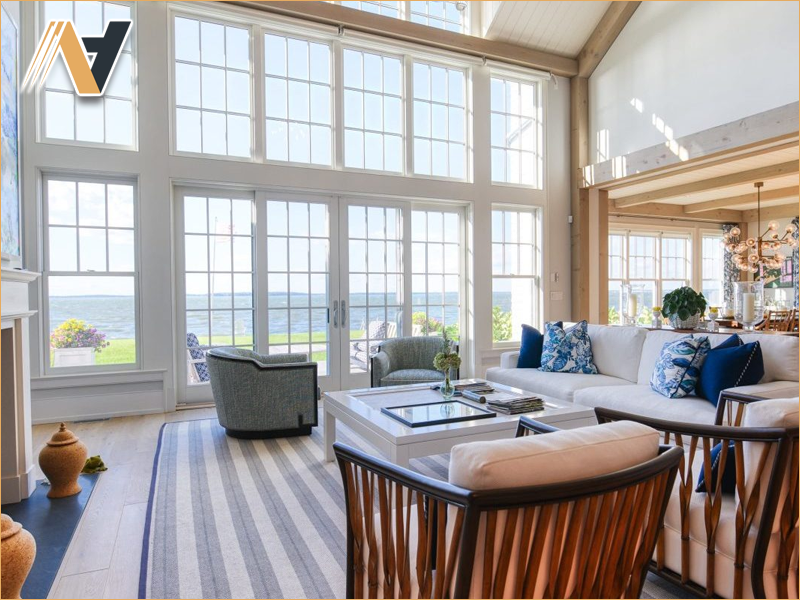
2. Material Innovation and Sustainable Choices
In coastal hotels and resorts, materials define both longevity and environmental impact. Sustainable design relies on selecting surfaces and structures that endure humidity, salt, and temperature shifts while minimizing harm to nature. Innovation has made it possible to merge strength, beauty, and responsibility in one coherent design philosophy.
2.1 Renewable and Certified Materials
Choosing certified wood, bamboo, and reclaimed timber supports responsible sourcing and circular design. These materials retain warmth and authenticity while reducing deforestation and carbon footprint.
2.2 Recycled Metal and Composite Surfaces
Recycled aluminum, stainless steel, and advanced composites resist corrosion and maintain aesthetic appeal in harsh coastal climates. Their lightweight strength ensures easy maintenance and consistent performance over time.
2.3 Low-Emission Finishes and Treatments
Non-toxic coatings and water-based paints improve indoor air quality and protect both users and ecosystems. They provide a smooth, durable finish that complements natural textures found in coastal environments.
2.4 Long-Term Value through Smart Sourcing
Sustainability also depends on logistics. Partnering with regional suppliers reduces transportation emissions and ensures material compatibility with local climate conditions. This practical approach enhances both durability and ethical value.
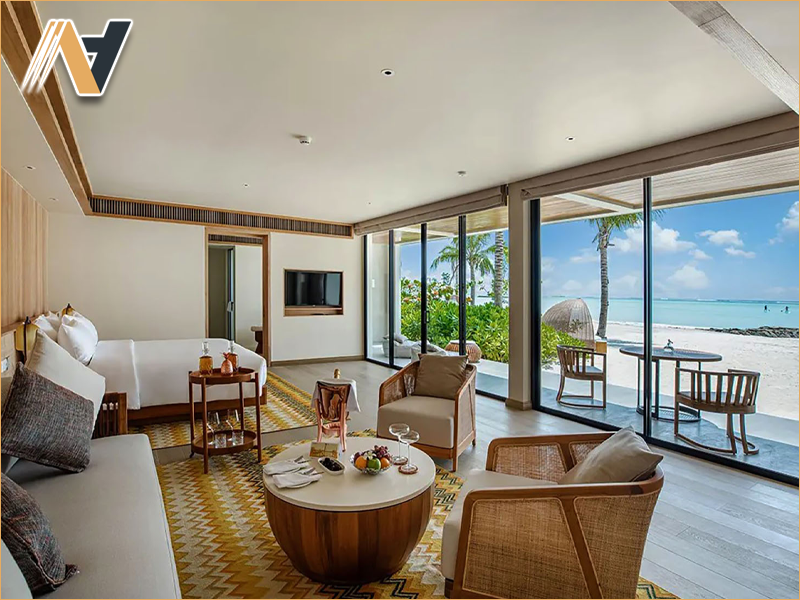
3. Energy Efficiency and Passive Design
Sustainability in coastal hospitality begins with how energy is used and preserved. Passive design principles reduce reliance on mechanical systems while enhancing comfort through natural means. By working with, not against, the environment, architects and designers create spaces that feel both efficient and alive.
3.1 Natural Ventilation and Lighting Integration
Open layouts and cross-ventilation channels invite sea breezes into interior spaces. Large windows and light wells maximize daylight, reducing electricity use while enriching the visual connection between guests and the surrounding landscape.
3.2 Smart Systems for Energy Optimization
Sensor-based lighting, automated shading, and intelligent HVAC systems maintain ideal comfort levels with minimal waste. These technologies seamlessly merge convenience, efficiency, and modern luxury, reinforcing a sense of effortless sustainability.
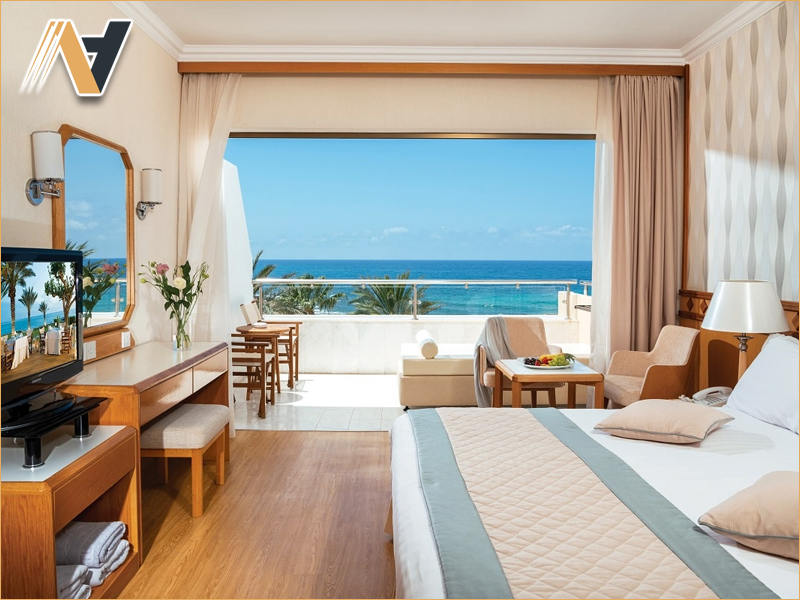
4. Local Craftsmanship and Cultural Connection
Sustainability is not only about material or energy; it also embraces people and culture. Integrating local craftsmanship into design strengthens community ties and preserves heritage. When artisans collaborate with designers, hotels and resorts gain authenticity and emotional resonance that cannot be replicated by industrial production.
4.1 Supporting Local Artisans and Communities
Working with regional craftsmen creates meaningful connections between design and place. Using locally sourced materials and handmade techniques adds individuality, turning each space into a reflection of its surroundings.
4.2 Integrating Cultural Identity through Design
Textures, motifs, and patterns rooted in local traditions enrich the guest experience. Thoughtful incorporation of these details transforms interiors into cultural narratives that honor both history and modernity.
4.3 Preserving Heritage through Modern Interpretation
The best designs evolve rather than imitate. Translating traditional forms into contemporary expressions keeps cultural stories alive while aligning them with global hospitality standards.
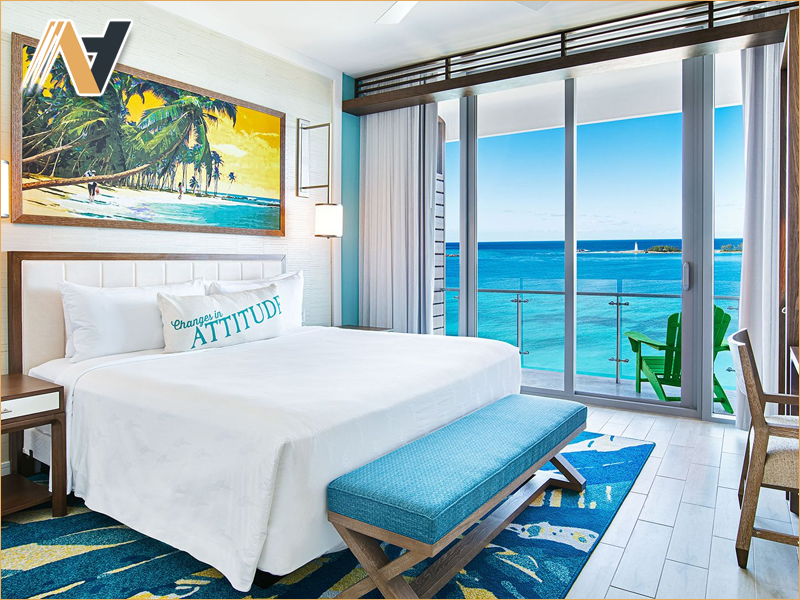
5. Maintenance, Longevity, and Operational Sustainability
Sustainability in design extends beyond materials and construction. It lives in daily operations, where maintenance and care determine how long a property retains its beauty and performance. Thoughtful design considers durability and ease of upkeep from the start, ensuring that luxury remains effortless and lasting.
5.1 Preventive Design and Regular Care
Planning for maintenance begins at the design stage. Materials with protective coatings, accessible joints, and modular components simplify cleaning and repairs, keeping interiors pristine over time.
5.2 Durability through Modularity
Furniture and fixtures designed for replacement rather than disposal extend service life. Modular systems allow damaged parts to be repaired or upgraded without disrupting the overall aesthetic harmony.
5.3 Environmental Maintenance Practices
Eco-conscious care reduces both cost and impact. Using water-efficient cleaning systems and non-toxic solutions preserves finishes and supports a safer working environment for hotel staff.
5.4 Sustainable Operation Checklist
To maintain long-term performance and efficiency:
-
Schedule routine inspections and surface treatments.
-
Store materials in ventilated, dry spaces.
-
Train staff on sustainable maintenance standards.
-
Recycle or repurpose retired furnishings responsibly.
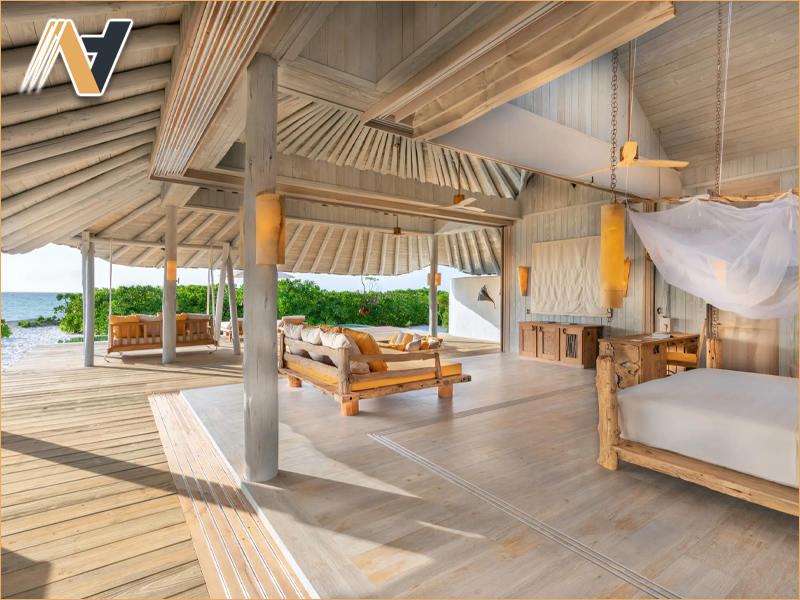
Conclusion
Sustainability in coastal hospitality design combines endurance, culture, and innovation. Thoughtful material use and efficient systems preserve comfort and identity while protecting the environment.
For projects seeking refined craftsmanship and sustainable production, Ngoc Hoang Anh provides professional Vietnam hotel furniture OEM services that unite creativity, durability, and environmental awareness.
Contact us today for expert consultation and high-quality production support for your hospitality project.
-----
NGOC HOANG ANH TRADING COMPANY LIMITED
Tax Code: 3702874413
Address: No. 288/28/10 Huynh Van Luy Street, Zone 7, Phu Loi Ward, Ho Chi Minh City, Vietnam
Warehouse: No. 1/91, Thuan Giao 02 Street, Binh Thuan 2 Residential Quarter, Thuan Giao Ward, Ho Chi Minh City, Vietnam
Phone/Whatsapp/Wechat: +84342076666
Email: info@ngochoanganh.com.vn






